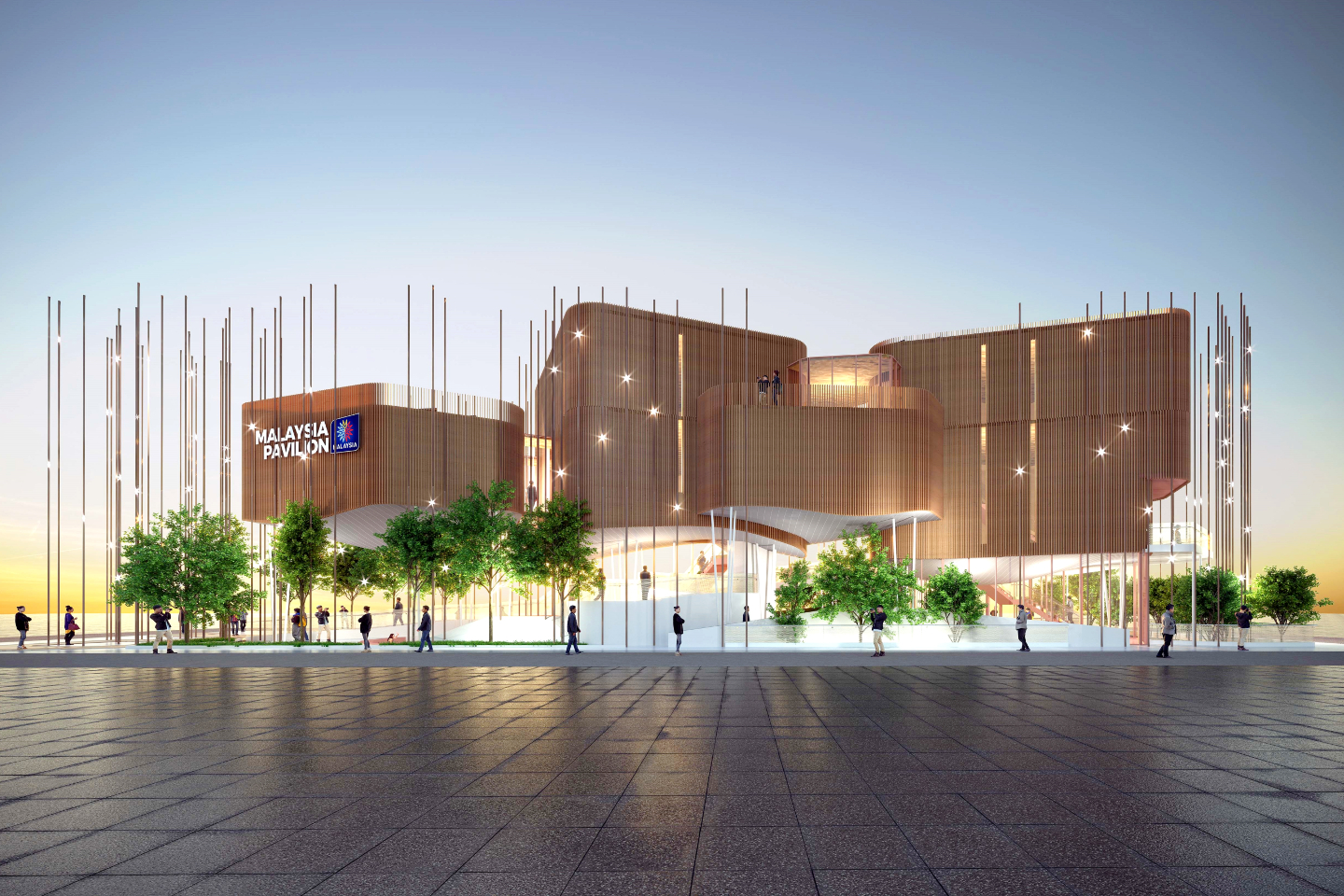
Spanning 1,234 sq m, the Malaysia Rainforest Canopy Pavilion is inspired by our rainforests and incorporates floating canopies and a meandering river (Photo: Malaysia at Expo 2020)
Held every five years, World Expos — officially known as International Registered Exhibitions — are a global gathering of nations with a unique raison d’etre: finding solutions to pressing challenges of our time by offering a journey inside a universal theme through engaging and immersive activities.
Undeniably, the most pressing issues at present are related to the sustainability of our planet, and it is the topic taken on by the Dubai Expo 2020, held for the first time in the United Arab Emirates. Opening a year after it was originally scheduled, the event will run until March 31, 2022, under the theme “Connecting Minds and Creating the Future”, with three large thematic districts aiming to inspire visitors in the areas of sustainability, mobility and opportunity.
A total of 192 countries are participating in the World Expo this year, the contents of their individual pavilions based on any of the three areas that most apply to them while also celebrating what makes each nation famous. The Burkina Faso Pavilion, for example, will include a replica of the ruins of Loropéni; a 3D-printed version of Michelangelo’s David anchors The Italy Pavilion; and the winter-inspired Finland Pavilion, named Lumi, after the Finnish word for snow, will feature a demonstration unit that creates synthetic fuel from carbon dioxide extracted from indoor air.
dubai_world_expo_2020_c.jpg
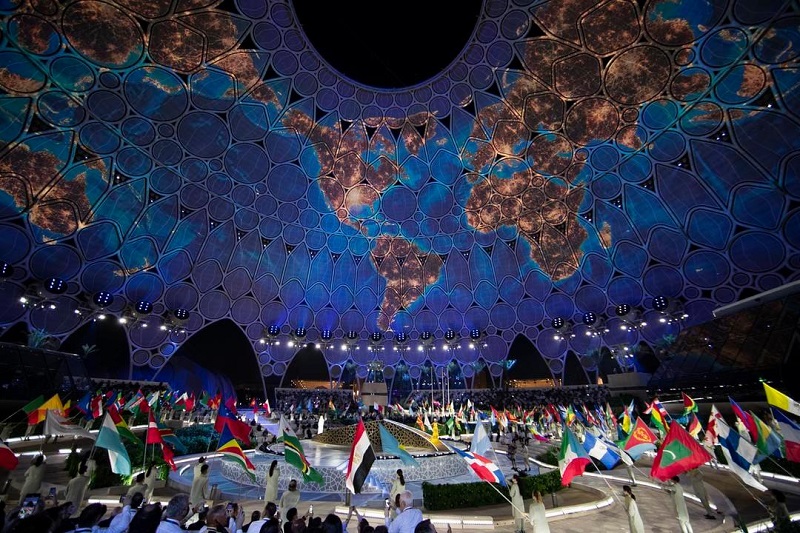
The Malaysia Pavilion, located in the sustainability area of the Expo, captures the nation’s commitment to and direction towards sustainable development which balances socioeconomic progress and environmental concerns. Spanning 1,234 sq m, the Malaysia Rainforest Canopy Pavilion is inspired by our rainforests and incorporates floating canopies and a meandering river. The pavilion comprises four segments: Energising Business, which relates to international trade; Energising Harmony, encompassing lifestyle elements such as F&B, culture and heritage; and both Energising Today and Energising Tomorrow, which are open to the public, detail the nation’s plans for the future.
It is a big space, but there is a lot going on at the pavilion — permanent displays, showcases, pocket talks, summits and forums, cultural performances and 26 weekly thematic business programmes. The business weeks will be helmed and supported by 22 ministries, 40 agencies and five state governments.
Designed by Hijjas Architects & Planners, with the landscaping provided by Inchscape, the Malaysia Pavilion is the only net-zero carbon structure at this year’s Expo. One of the carbon-offset programmes adopted to realise its net-zero carbon commitment in construction, operation and decommissioning is a tree-planting initiative in the country. The collaborative effort by the Malaysian Green Technology and Climate Change Centre (MGTC), Yayasan Hijau Malaysia (Malaysian Green Foundation) and the Forestry Department of Peninsular Malaysia will see 500 kapur trees planted in Taman Eko Rimba Bukit Sungai Puteh in Cheras, Kuala Lumpur.
Although it may not be obvious to many of us more concerned with day-to-day issues relating to the pandemic, Malaysia does have in place strategies to become a more sustainable nation. A signatory to the Paris Agreement, we declared our Nationally Determined Contribution to reduce greenhouse gas emissions by 45% by 2030, relative to 2005 levels, for the time frame of 2021 to 2030. The Roadmap Towards Zero Single-Use Plastics was launched in 2018, while continuous efforts are ongoing to encourage a low-carbon, sustainable way of doing business. This includes the application of energy-efficiency technologies, cutting-edge technologies and innovations, renewable energy, low-carbon power generation technologies, cleaner fuel, green buildings and certifications, and clean and efficient waste and water management.
malaysia_pavilion_4.jpg
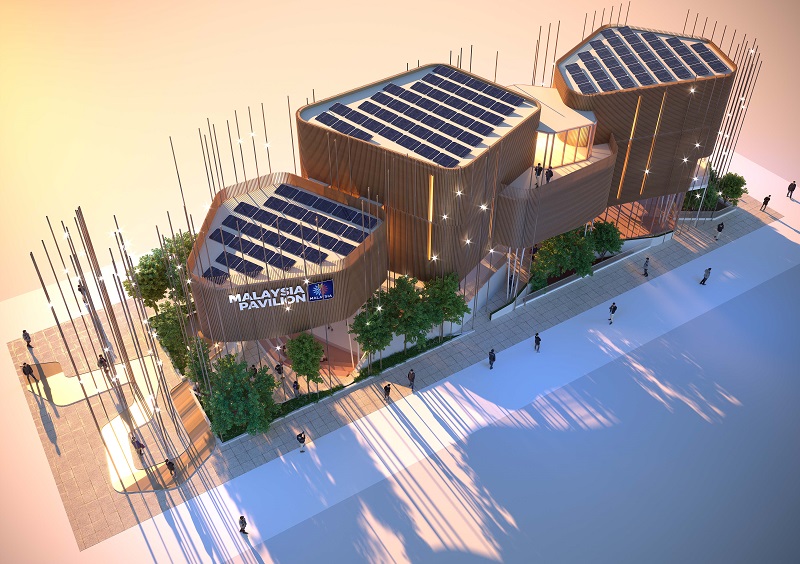
From a financial perspective, Malaysia launched the world’s first green sukuk in 2017 to finance sustainable, climate-resilient growth in countries as a new and innovative green financial product that can be used worldwide. Bank Negara is also working on introducing a green taxonomy to facilitate financial institutions in identifying and classifying economic activities that could contribute to climate change objectives.
For a relatively small nation, we have big dreams indeed and the Dubai Expo 2020 is the ideal platform to showcase our leadership capabilities in various sectors and develop innovative, forward-thinking approaches to sustainability.
What, then, after the event is over? Much like how the structures erected for the 2012 London Olympics have been adapted for other purposes, plans are in place for the Dubai Expo too — District 2020 will evolve from the expo as a smart and sustainable city, providing an innovation-driven ecosystem that brings together global minds and embraces technology and digital innovation to support industry growth. In the six months following the end of the World Expo, District 2020 is expected to repurpose 80% of its built environment into an integrated mixed-use community that will continue to attract businesses and people to work, live, visit and enjoy.
Many Malaysians would have taken the opportunity to visit Dubai Expo 2020 if not for the current travel restrictions. In fact, initial plans for the architecture and landscaping of the Malaysia Pavilion underwent a few alterations to adapt to present circumstances, including a smaller crowd. There is also the consideration that planning for the Expo began in 2019, with subsequent political changes resulting in three different ministers spearheading the entire initiative — starting with Yeo Bee Yin of the Ministry of Energy, Science, Technology, Environment & Climate Change, which morphed into the Ministry of Science, Technology and Innovation, which was headed by Khairy Jamaluddin and, most recently, Datuk Dr Adham Baba.
Thankfully, there was a firm framework in place that all major players had to rely on, and the work continued — plans were made, changes adapted and the Malaysia Pavilion gradually moved from sketches and ideas on paper to a finished structure. The show, as the saying goes, must go on.
A floating forest for the future
The lush rainforests that form the spine of Peninsular Malaysia and much of Sabah and Sarawak draw researchers from all over the world — these cradles of biodiversity purify the air and help regulate the climate, global temperature and the water cycle. The idea that drove the design of the Malaysia Pavilion combines elements of the rainforests, for which we are famous all over the world, and a growing commitment to leave behind the smallest possible footprint. After all, forests cover more than half of Malaysia’s landmass, contributing strongly to the nation’s drive towards sustainability.
“Right from its inception through to its implementation on the construction path, net-zero carbon has been prioritised,” says Shamsul Bahar Mohd Nor, CEO of the Malaysian Green Technology and Climate Change Centre (MGTC). “The pavilion has focused specifically on forest conservation as part of Malaysia’s ‘Reducing Emissions from Deforestation and Forest Degradation in developing countries’ programme.”
shamsul_bahar_mohd_nor_1.jpg
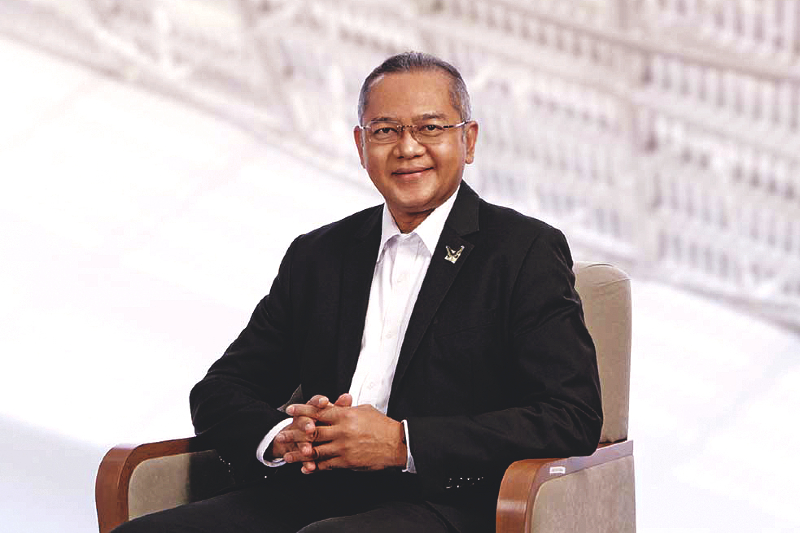
The Malaysia Pavilion highlights this global need for natural forests by offsetting 1,500 tonnes of carbon dioxide through its focus on renewable energy, forestry conservation and tree-planting activities. The concept of sustainability has been ingrained into the very heart of the pavilion in its use of electricity, water management, air cooling elements, elevators, lighting and energy-efficient solar power generation.
“In line with the architectural intent of ‘touching the ground lightly’, the exhibition halls are suspended on very long slender legs, hovering 4m to 6m above the ground. The three exhibition halls, which touch the earth at as few points as possible, are intended to invoke references to the tropical jungle, with allegorical tree columns reaching up for sunlight,” Shamsul says. “As visitors set foot on the pavilion grounds, they will be welcomed by light poles designed to sway slightly. The pavilion graces the ground with a lightweight structure, which is flexible for dismantling and re-use, made with just the right amount of steel. Although it is built on a small footprint, once inside, visitors will experience a larger ‘feel’ of space.”
For a design centred on rainforests, external landscaping is a critical component of the final product. Inchscape founder Lim In Chong has worked on several award-winning gardens around the world as well as hugely successful commercial and residential projects in Malaysia, and drew from his vast experience for his concept.
While the landscaping for the Malaysia Pavilion might have been a much larger assignment than he is used to, Lim and his team approached it in the same way that they do for all theit projects — how it would work for its users. Starting from the lush gardens at the opening area of the pavilion and the water feature that would have to be crossed in order to enter, right to the sunken gardens and moss-covered courtyard, the Inchscape team conceptualised every aspect to achieve a specific function that would enhance the experience of visitors and pavilion staff.
lim_in_chong_2.jpg
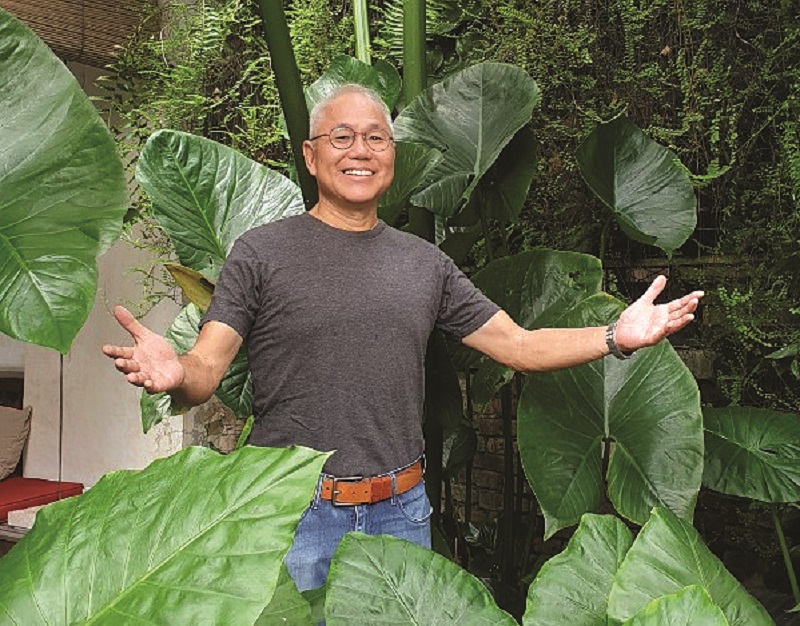
As the pandemic raged, however, it became evident that certain things would require a redesign. The pathway was designed in a geometric pattern to assist with crowd control and queueing, but with fewer anticipated visitors, this was no more a concern. His team quickly adapted by constructing an entryway consisting of tall poles, whose shadows would leave a changing design as the sun made its way across the horizon. Within, tall trees dotting a mossy courtyard were joined by lush, green pillars, while the number of sunken gardens planned for the periphery of the pavilion were reduced from three to two. A snaking pathway of water, which extends from a water feature out front and moves around the entire pavilion in order to cool down the space — bearing in mind, the ambient temperatures in Dubai now is 38°C — still remains.
“The idea was to create a rainforest within a desert,” Lim says. “The water feature is a blue oasis, for example, while the sunken gardens are a place to rest — another expression of a desert refuge. Sustainable practices are second nature to us and define our work, so this aspect of the Malaysia Pavilion theme definitely appealed to our sensibilities.”
Although the idea of a floating rainforest in the middle of the Dubai desert was a nice one, bringing it to life required creative thinking because of the vastly different weather conditions at the expo site. In normal circumstances, Lim — as well as the team from Hijjas Architects & Planners — would have made multiple trips to Dubai to supervise construction and ensure that plans were correctly carried out. Doing everything remotely was not ideal, but it was necessary to adapt so as to complete the pavilion on time. Trees and plants were imported and planted in-situ, timed for the cooler months for optimum survival.
malaysia_pavilion.jpg
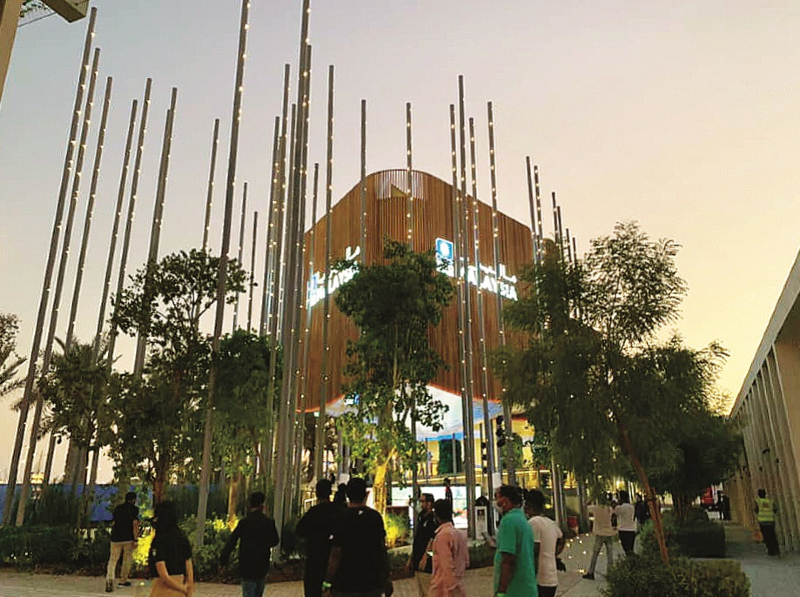
“So far, all the trees are surviving. Some won’t make it, I am sure, but the idea is also to make people stop and consider what could be, what might be,” Lim muses. “You’re putting a message across of what might be possible in a sustainable building — with the trees in the courtyard, for example — even if that set-up at the expo itself may not be. The idea is to inspire.”
This is the first time that Lim and his team have been involved in a World Expo pavilion, but the Hijjas team have some experience, since Serina, founder Hijjas Kasturi’s daughter, worked on the Malaysia Pavilion for Expo Milano in 2015. “Working with them has been a wonderfully fruitful experience,” Lim says, paying tribute to the long-standing multi-generational practice. Serina brings to the 2020 Malaysia Pavilion certain features from Expo Milano, particularly the emphasis on rainforests and sustainability. Six years ago, the focus was on Malaysia’s contribution to innovative and planet-friendly agricultural practices; this time around, it is on sustainability across all aspects of day-to-day life.
While it may often seem like sustainability and rainforest preservation are not of major importance to the authorities, it is important that we celebrate the occasions that do highlight these issues and make a big deal of them. It is also a matter of great pride that knowledge of and commitment to preserving our natural environment do exist in Malaysia, and we have the opportunity to profile that on a global stage.
This article first appeared on Oct 4, 2021 in The Edge Malaysia.


